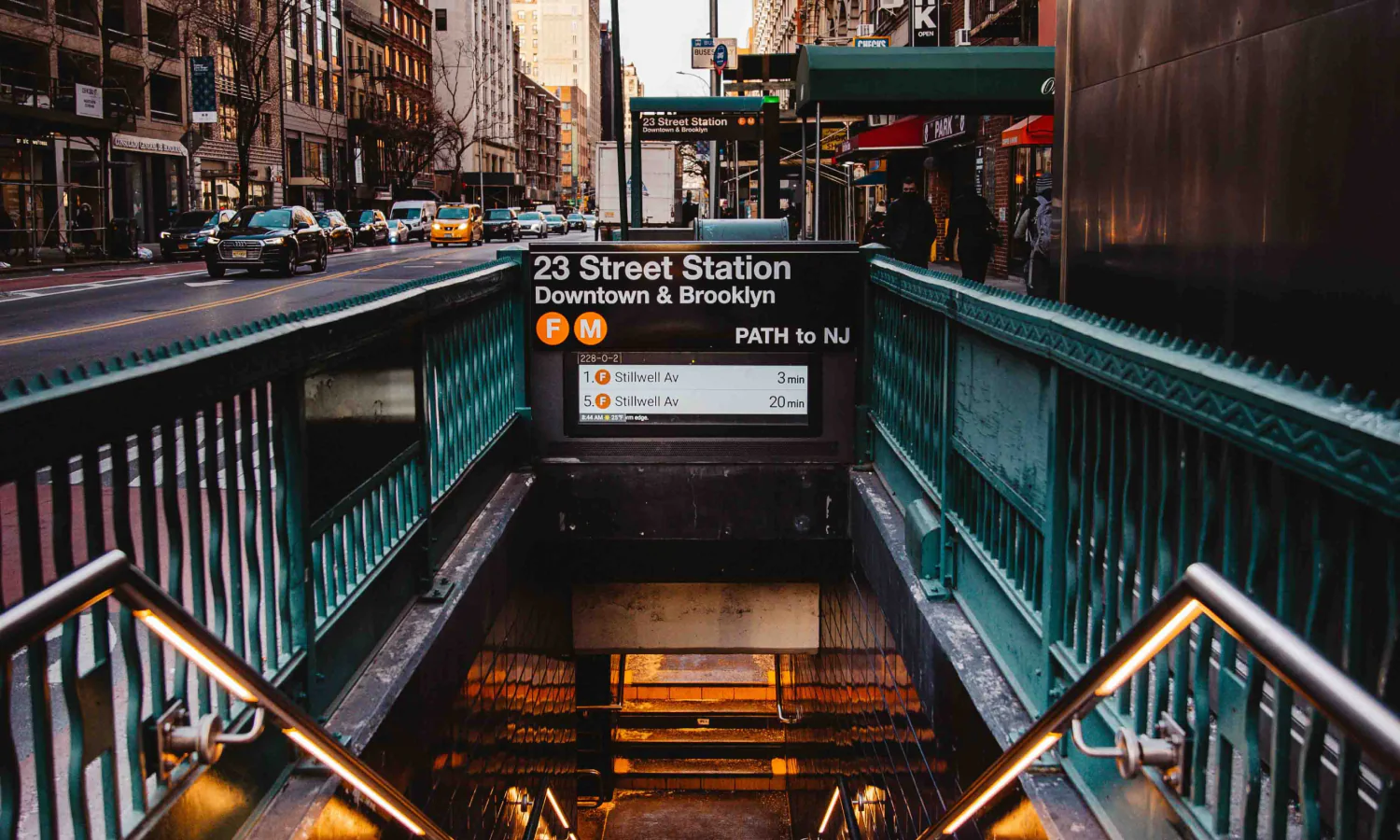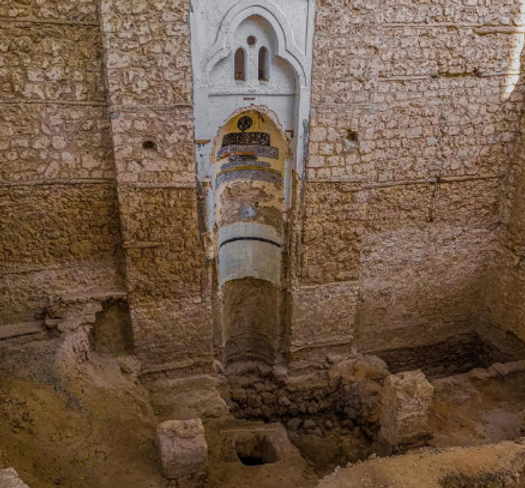
Newsletter Subscribe
Enter your email address below and subscribe to our newsletter

Enter your email address below and subscribe to our newsletter

**Headline:** Ancient Mosque Artifacts Unearthed in Jeddah
**Intro:** The Jeddah Historic District Program announced groundbreaking archaeological discoveries at Othman bin Affan Mosque, revealing 1,200 years of history. Findings include ancient pottery, centuries-old cisterns, and Chinese porcelain, shedding light on the mosque’s architectural evolution and Jeddah’s historic water management systems.
**Factbox:**
– **Location:** Jeddah Historic District, Saudi Arabia
– **Announced:** March 3, 2024
– **Key Finds:** 9th–17th-century ceramics, 800-year-old water cisterns, preserved flooring layers.
– **Significance:** Confirms continuous use of mosque layout for over a millennium.
– **Artifacts:** Include rare Chinese Celadon ware and glazed pottery fragments.
**Title: Unearthing Millennia: Archaeological Revelations at Jeddah’s Othman bin Affan Mosque**
The Jeddah Historic District Program has unveiled groundbreaking discoveries from its inaugural Archaeology Project, shedding light on the rich, layered history of the Othman bin Affan Mosque. The findings, spanning over 1,200 years, illuminate the mosque’s architectural resilience, cultural connections, and adaptation to Jeddah’s arid environment. Here’s a deep dive into the revelations reshaping our understanding of this historic landmark.
—
### **A Timeless Architectural Legacy**
The excavations revealed that the mosque’s core structure—its dimensions, alignment toward Mecca, and the *mihrab* (prayer niche)—remained remarkably consistent across centuries, despite numerous renovations. The earliest iterations, dating to the 9th–10th century CE (3rd–4th century AH), adhered to the traditional Hijazi mosque design: an open courtyard (*sahn*) leading to a covered prayer hall. This layout, preserved through reconstructions, underscores the community’s commitment to maintaining the mosque’s spiritual and functional identity.
The current structure, built in the late 20th century CE (14th century AH), stands as the latest chapter in a story of continuity. Even as materials and techniques evolved, each renovation respected the mosque’s original footprint, anchoring it as a timeless symbol of faith.
—
### **Layers of History: Floors and Elevations**
One of the most striking discoveries lies beneath worshippers’ feet. Archaeologists identified multiple flooring layers, each reflecting technological and aesthetic shifts:
– **Early Era (9th–15th century CE):** The original floors, crafted from clay tiles and plaster, were simple yet durable.
– **Flagstone Era (15th–19th century CE):** Around 400 years ago, flagstone flooring replaced clay, becoming a hallmark of the mosque for centuries. During renovations, these stones were often reused, with floors gradually elevated to accommodate urban growth. This practice continued until the early 20th century, offering a tangible link between generations.
—
### **Engineering for Survival: The Underground Cisterns**
In a city plagued by water scarcity, the mosque’s builders devised an ingenious solution: subterranean cisterns. These chambers, carved beneath the mosque, stored rainwater for community use. Remarkably, some cisterns were found sealed and filled with crystal-clear water, untouched since their construction nearly 800 years ago. Such systems were vital to Jeddah’s survival, highlighting the interplay between faith, innovation, and environmental adaptation.
—
### **Artifacts: A Window into Global Trade**
The dig unearthed artifacts spanning continents and centuries, revealing Jeddah’s role in historic trade networks:
– **Chinese Celadon Ware (11th–13th century CE):** Fragments of this jade-green glazed pottery, prized in the Islamic world, point to thriving Indian Ocean trade routes.
– **Ming Dynasty Porcelain (17th century CE):** Blue-and-white porcelain shards reflect Jeddah’s connections to maritime Silk Road exchanges.
– **Early Islamic Glazed Pottery (9th–10th century CE):** Vibrant white, green, and yellow fragments rank among the oldest finds, underscoring the mosque’s ancient origins.
—
### **Preserving Identity in a Modern World**
These discoveries are more than archaeological triumphs—they are a testament to Jeddah’s enduring identity as a crossroads of culture and faith. The Jeddah Historic District Program’s work ensures that as the city evolves, its heritage remains rooted in the stories of places like Othman bin Affan Mosque.
As excavations continue, each layer peeled back promises new insights into how communities adapt, worship, and thrive across millennia. For historians and visitors alike, the mosque now stands not just as a place of prayer, but as a living chronicle of human resilience.
*Explore the past to inspire the future—Jeddah’s history is still being written.*
—
**Keywords:** Jeddah Historic District, Othman bin Affan Mosque, Islamic archaeology, Saudi heritage, trade artifacts, historic preservation.
**FAQs: Archaeological Discoveries at Othman bin Affan Mosque in Jeddah**
1. **What is the significance of the archaeological findings at Othman bin Affan Mosque?**
The findings reveal 1,200 years of historical evolution, including architectural phases, artifacts like Chinese ceramics, and ancient water systems, offering insights into Jeddah’s cultural and religious heritage.
2. **How old are the oldest artifacts discovered at the mosque?**
The oldest artifacts include glazed pottery fragments dating to the 3rd–4th century AH (9th–10th century AD), nearly 1,200 years old.
3. **What structural changes occurred in the mosque over its history?**
Changes involved elevation adjustments and flooring materials, transitioning from clay tiles to plaster, then flagstone, while maintaining its original dimensions, alignment, and mihrab.
4. **What materials were used for the mosque’s flooring across different eras?**
Flooring evolved from clay tiles and plaster to flagstone, which was reused for nearly 400 years until the early 20th century AD.
5. **Why is the cistern system found beneath the mosque important?**
The 800-year-old cisterns stored clean water, reflecting historic Jeddah’s adaptation to limited water resources and showcasing advanced hydraulic engineering of the time.
6. **How have the mosque’s dimensions and alignment remained consistent?**
Despite renovations, the mosque’s size, orientation toward Mecca, and mihrab design remained unchanged for over a millennium, preserving its original sacred layout.
7. **What types of ancient ceramics were found during the excavations?**
Artifacts included 11th-century AH Chinese porcelain, 4th–6th-century AH Celadon ware, and 9th–10th-century AD glazed pottery, indicating trade ties and cultural exchange.
8. **How does the mosque’s architecture reflect traditional regional designs?**
It features a classic Hijazi style with an open courtyard leading to a roofed prayer hall, consistent with historic mosques in western Arabia.
9. **What role did the Jeddah Historic District Program play in this project?**
The program led the archaeological dig, documenting the mosque’s history and artifacts as part of efforts to preserve Jeddah’s UNESCO-listed heritage.
10. **Why were underground cisterns common in historic Jeddah?**
Subterranean cisterns addressed water scarcity by collecting and storing rainwater, critical for sustaining the population in arid coastal environments.
11. **What does the discovery of Chinese porcelain reveal about Jeddah’s history?**
It highlights Jeddah’s role as a Red Sea trade hub, connecting Arabia to global networks via the Silk Road and Indian Ocean routes.
12. **How many renovation phases has Othman bin Affan Mosque undergone?**
While the exact number isn’t specified, evidence shows repeated renovations over 12 centuries, with the current structure dating to the late 20th century.
13. **What is the oldest architectural feature of the mosque still preserved?**
The mihrab (prayer niche) and foundational layout have remained intact since the mosque’s earliest iterations, preserved through all reconstructions.
14. **How long was flagstone flooring used in the mosque’s structure?**
Flagstone flooring was utilized for approximately 400 years, from its introduction until the early 20th century AD.
15. **How old are the cisterns discovered beneath the mosque?**
The cisterns were sealed nearly 800 years ago, dating to the 13th century AD, and were found filled with untouched, clear water.
**CTA (Llamado a la Acción):**
¿Quieres explorar más sobre el legado histórico de Yeda y ser testigo de estos increíbles hallazgos? Visita el Distrito Histórico de Yeda o sigue las actualizaciones del [Programa del Distrito Histórico de Yeda](enlace) para descubrir cómo estos descubrimientos están reescribiendo la historia de la región. ¡Comparte este artículo y únete a la conversación sobre la preservación de nuestro patrimonio cultural!
**Conclusión:**
Las excavaciones en la Mezquita de Uthman bin Affan no solo revelan capas ocultas de historia, sino que también conectan el presente con un pasado vibrante y multicultural. Desde los pisos de arcilla hasta las cerámicas chinas, cada descubrimiento cuenta la historia de una Yeda que fue cruce de caminos comerciales, espirituales y culturales durante siglos. Estos hallazgos refuerzan la importancia de proteger y estudiar nuestro patrimonio, asegurando que las generaciones futuras puedan aprender de los ecos milenarios que aún resuenan en sus muros.
**Agradecimiento:**
Agradecemos al [Programa del Distrito Histórico de Yeda](enlace) por su dedicación en la preservación y divulgación de estos tesoros arqueológicos. Un reconocimiento especial a los arqueólogos, investigadores y equipos técnicos cuyo trabajo minucioso ha devuelto a la luz siglos de historia. A la comunidad de Yeda, cuyo legado sigue inspirando al mundo. ¡Sigamos celebrando y protegiendo juntos nuestra herencia compartida!
*(Incluir enlaces relevantes, hashtags #HistoricJeddah #Archaeology o cuentas de redes sociales según la estrategia de engagement del sitio web).*